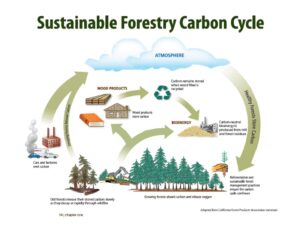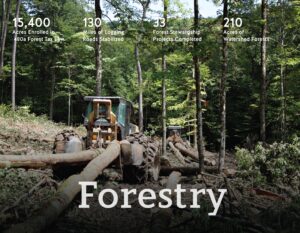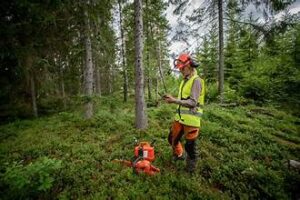As we advance into 2024, forestry regulations are undergoing significant changes that aim to address environmental challenges and promote sustainable management practices. Understanding these new regulations is crucial for businesses, landowners, and environmental advocates alike. This guide will help you navigate the updated forestry regulations and ensure compliance while making informed decisions.
1. Overview of the New Forestry Regulations
In 2024, new forestry regulations have been introduced to enhance environmental protection and promote sustainable practices. These changes focus on several key areas:
- Sustainable Forest Management: Regulations emphasize the need for sustainable forest management practices to maintain ecological balance and biodiversity.
- Carbon Sequestration: There are new rules aimed at increasing carbon sequestration through forest conservation and reforestation efforts.
- Biodiversity Protection: Enhanced measures are in place to protect endangered species and critical habitats within forest ecosystems.
- Community Engagement: The new regulations stress the importance of involving local communities in forestry management and decision-making processes.
2. Key Changes in Forestry Regulations
A. Sustainable Forest Management Practices
The updated regulations require landowners and forestry companies to adopt sustainable forest management practices. This includes:
- Forest Certification: Implementing certification schemes such as the Forest Stewardship Council (FSC) to ensure responsible forest management.
- Monitoring and Reporting: Regular monitoring and reporting of forest health, logging activities, and environmental impacts are now mandatory.
- Reduced Impact Logging: Techniques that minimize soil erosion and damage to non-target species are required.
B. Carbon Sequestration Initiatives
New policies are designed to enhance carbon sequestration efforts, which include:
- Reforestation Projects: Incentives are provided for reforestation projects to restore degraded lands and increase forest cover.
- Forest Conservation Agreements: Landowners are encouraged to enter into conservation agreements to protect existing forests and their carbon storage capabilities.
C. Biodiversity Protection Measures
To safeguard biodiversity, the regulations include:
- Habitat Conservation Plans: Development of habitat conservation plans to protect critical habitats and species at risk.
- Environmental Impact Assessments: Mandatory assessments to evaluate the potential impact of forestry operations on local wildlife and ecosystems.
D. Community Involvement and Engagement
Engaging local communities in forestry management is now a regulatory requirement:
- Public Consultation: Forestry projects must include public consultation processes to gather input from local communities and stakeholders.
- Benefit Sharing: Mechanisms are established to ensure that local communities benefit from forestry activities through employment opportunities and economic incentives.
3. Compliance Strategies
To comply with the new forestry regulations, consider the following strategies:
- Stay Informed: Regularly review updates to forestry regulations and guidelines from relevant authorities.
- Implement Best Practices: Adopt best practices for sustainable forest management, carbon sequestration, and biodiversity protection.
- Engage with Stakeholders: Actively involve local communities and stakeholders in forestry management decisions.
- Seek Professional Advice: Consult with forestry experts and legal advisors to ensure compliance with new regulations.
4. Benefits of Adhering to the New Regulations
Adhering to the new forestry regulations offers several benefits:
- Enhanced Environmental Protection: By following sustainable practices, you contribute to the protection of forest ecosystems and biodiversity.
- Improved Carbon Management: Effective carbon sequestration helps mitigate climate change and enhances forest carbon storage.
- Stronger Community Relations: Engaging with local communities fosters positive relationships and supports social sustainability.
- Compliance and Avoidance of Penalties: Meeting regulatory requirements reduces the risk of legal penalties and operational disruptions.
5. Conclusion
Navigating the new forestry regulations in 2024 requires a proactive approach to sustainable management, carbon sequestration, biodiversity protection, and community engagement. By staying informed and implementing best practices, you can ensure compliance, support environmental sustainability, and contribute to the well-being of local communities.



